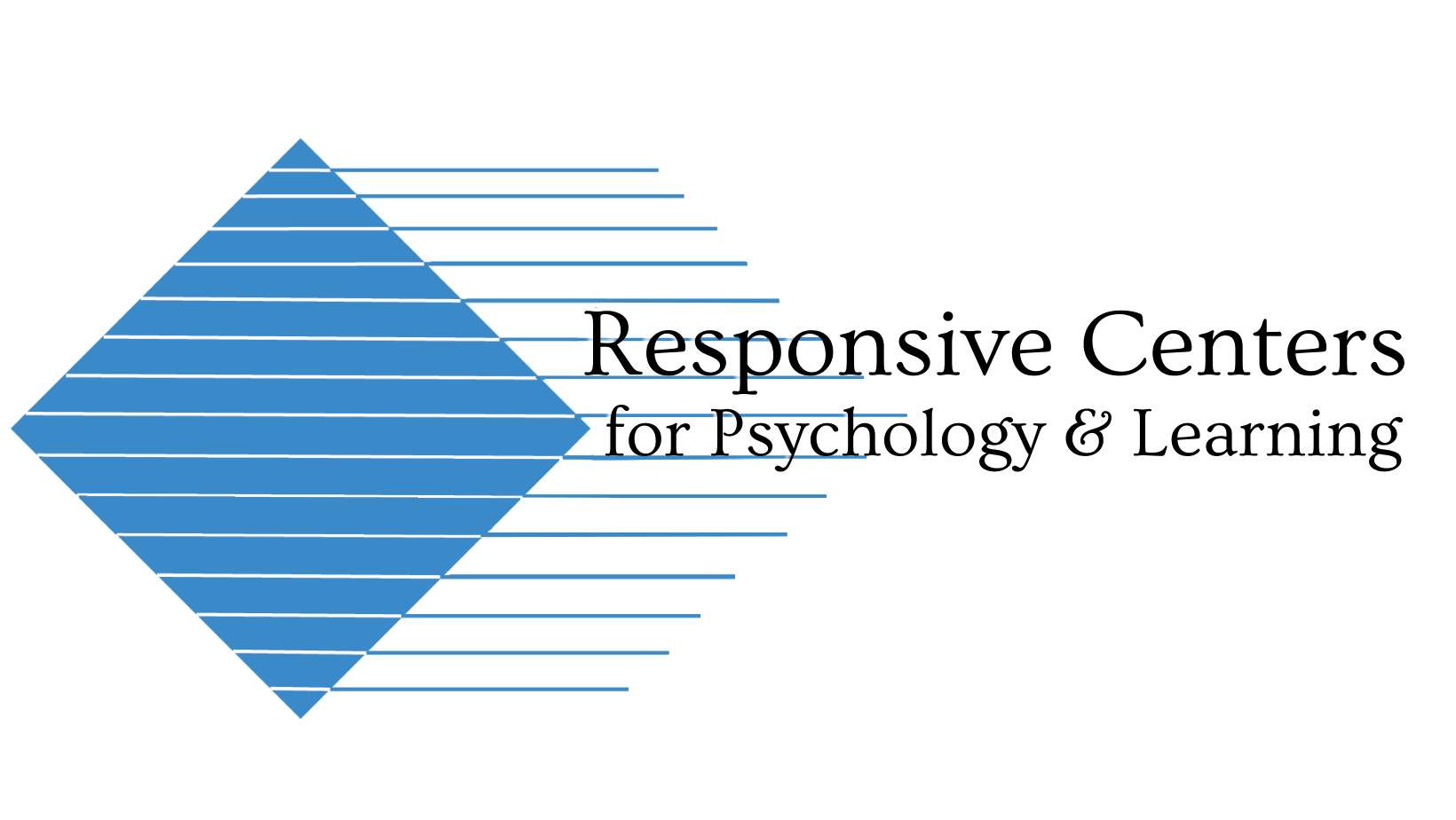Attention deficit disorder is multi-faceted, far-reaching, and largely hidden. What caregivers and educators see poking above the surface may only be a fraction of ADHD symptoms. This is critical to keep in mind and to guide daily teaching and learning tactics.

Let’s imagine that your child’s attention deficit disorder (ADHD or ADD) is an iceberg. I’m not the first to make this analogy, but I don’t see it enough so I’m repeating it — and asking you to literally start by visualizing an iceberg. As much as 90 percent of the mass of an iceberg sits underwater — under the surface where we cannot see it. Think about this: It was an iceberg that sunk the “unsinkable” Titanic. The mass of ice below the surface destined catastrophe. The ship’s crew couldn’t see the iceberg in its entirety, and it proved fatal. What was under the surface was very important; it required a change in direction. Yet, because it was obscured, the ship stayed the course and it was disastrous. This is a fitting analogy for ADHD and for parenting kids with ADHD. The 10 percent we easily see above the watermark are the hallmark symptoms of ADHD: inattention, impulsivity, and hyperactivity. They’re important, of course, but they’re not the whole picture of ADHD. What’s under the surface is just as (if not more) important when raising or teaching kids with ADHD. Unanticipated facets of ADHD lie under the surface. These traits are too often mistaken for character flaws, personality defects, or moral or ethical deficits. They’re not any of those things. They’re part and parcel of the ADHD brain.
Let’s look at each of these hidden layers of ADHD.
- Poor Self-Esteem and Self-Confidence Struggling with ADHD can damage anyone’s self-esteem. For parents, that means your child needs more of your help building self-confidence. Craft lots of opportunities for successes, no matter how small. Create activities and environments where your child can shine, despite his developmental delays.
- Developmental Delays Children with ADHD develop 2-3 years more slowly than their peers. We see this impact in maturity, social skills, executive functioning, emotional dysregulation, and self-regulation. Keep this in mind as you create appropriate (and achievable) expectations for your child. This will help you craft ways for her to succeed.
- Inflexibility Stubborn streaks in our kids with ADHD are not willful. Instead, inflexibility is a result of not having the skills to see more than one way or to manage emotions. When he is inflexible, your child is communicating a bigger, deeper struggle.
- Intensity When our kids get really stuck and inflexible, they tend to get pretty intense. When a child has lagging skills — emotional awareness, self-regulation, frustration tolerance — it can lead to some extreme emotions. In addition, some individuals with ADHD are hypersensitive; they feel their feelings more deeply and intensely. Instead of trying to resolve this intensity, dig deeper to discover what’s causing it, and address that. In moments of big emotions, ask your child, “How can I help you?” That can be a great conversation starter to help you figure out what’s driving the extreme behavior.
- Emotional Dysregulation Children with ADHD struggle to regulate their emotions in a way that’s appropriate for the situation and/or their age. They may have a different way of expressing emotion, poor self-regulation skills, or poor communication skills — whatever the root cause, emotional dysregulation impacts how they function at home, in the family, at school, and in social interactions with peers.
- Co-Existing Conditions It’s estimated that 50 to 60 percent of individuals with ADHD also have one or more coexisting conditions. These conditions could include mood disorder, anxiety, autism, learning disabilities, executive functioning deficits, conduct disorder, and more. These additional diagnoses can be important because they give us a starting point to understand our children and to be able to effectively help them. We resist adding more diagnoses when we already have one or two or five, but that additional piece of the puzzle better helps us understand our kids, and that’s enormously valuable.
- Skill Deficits Because ADHD is a developmental disorder resulting from a physiological difference in the brain, skill deficits are common. The most common skill deficits for kids with ADHD include time management, frustration tolerance, planning and organization, emotional regulation, problem-solving, social skills, and flexible thinking. Some lagging skills can be taught and improved; others will be a lifelong struggle.
- Executive Functioning Deficits Executive function skills manage day-to-day planning, organization, task initiation, emotional regulation, and time management. When this group of skills is deficient, many daily tasks fall apart. It’s important to identify your child’s level of executive functioning and accommodate for areas of weakness in the classroom and at home.
- Time Blindness leads people with ADHD to have a distorted concept of time. For example, your child may not have an innate sense for how long 30 minutes feels. He may know he has to hurry up but still not be certain how long he has to complete an assignment or a test. You can tell him, “You have until the end of class,” or, “You have one hour,” but that will mean virtually nothing to someone with time blindness. It also impacts the response to needing to wait or the feeling that a simple task will take “forever.”
- Meltdowns A tantrum is a fit that a child chooses to throw in an effort to get what they want. Children do sometimes act out in order to affect your compliance with a request. Generally speaking, a child having a tantrum is very conscious of his safety and won’t do anything to risk it. The tantrum will immediately stop if he gets what he wanted in the first place. A meltdown is different. In a meltdown, your child’s brain has been hijacked. He is no longer in control of what he is saying and doing. A meltdown can be triggered by a tantrum, or it can be triggered by sensory overload, feeling misunderstood, or not feeling heard. In the throes of a meltdown, a child might harm himself or others. He’s not able to consider his actions and rationalize them. A meltdown will not stop if the child is offered what he originally wanted.
- School Incompatibility Mass education is designed with an expectation of conformity. Students must sit still, be quiet, and remain attentive for long periods of time. The teacher will distribute an assignment and expect that all students will find it important, be motivated to complete it, and effectively self-start. Students are expected to be responsible and accountable for themselves and their academic experience. That’s expecting a lot since it considers none of the weaknesses and challenges common for students with ADHD. It essentially makes them incompatible with Western education. That is a crucial awareness for parents. You cannot expect your child with ADHD to meet all those mainstream, neurotypical expectations at school; the design of the educational system destines struggle. Your definition of academic success can and should be different.
- Pills Don’t Teach Skills There’s no magic to ADHD medication. It’s helpful. It’s one component of a solid ADHD treatment plan, but it’s only one piece. ADHD treatment is just as complex as the condition itself. Medication helps a child’s brain function differently so that she can focus a little better and possibly attend longer. It might even calm her hyperactivity. But it doesn’t address the hidden layers. To do that, you must focus on building up her poor self-esteem, inflexibility, intensity, emotional dysregulation, skill deficits, time blindness, etc. Medication does not, and cannot, teach these skills.
If you’re not looking below the surface, if you’re not going deeper into the mass of the iceberg that’s under the surface, it can be very damaging to your child. It can negatively impact your relationship. It can inflame unwanted behavior. It can impact success at school. Ignoring what’s under the surface can be catastrophic for your family. These hidden layers are all part of ADHD. Together, they form that beautiful but dangerous iceberg. Others might not see them; you must.
This content was originally broadcast on the Parenting ADHD Podcast and moderated by Parent Trainer and Coach, Penny Williams, of ParentingADHDandAutismcom, which offers books, online courses, parent coaching, and mom retreats to help you thrive in this special brand of parenthood. This is an overview of Penny’s latest book, The Hidden Layers of ADHD.
Updated on November 18, 2019
